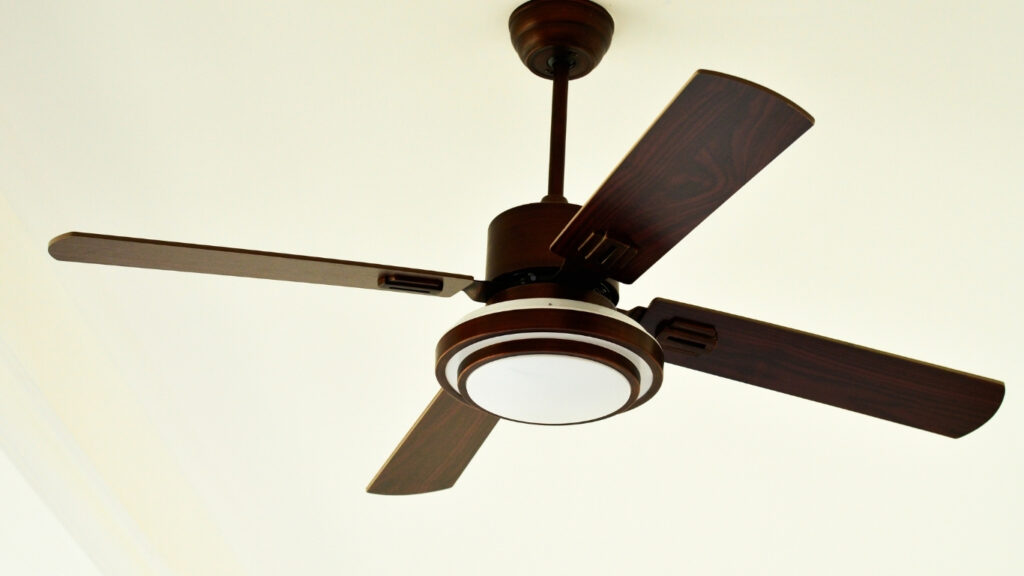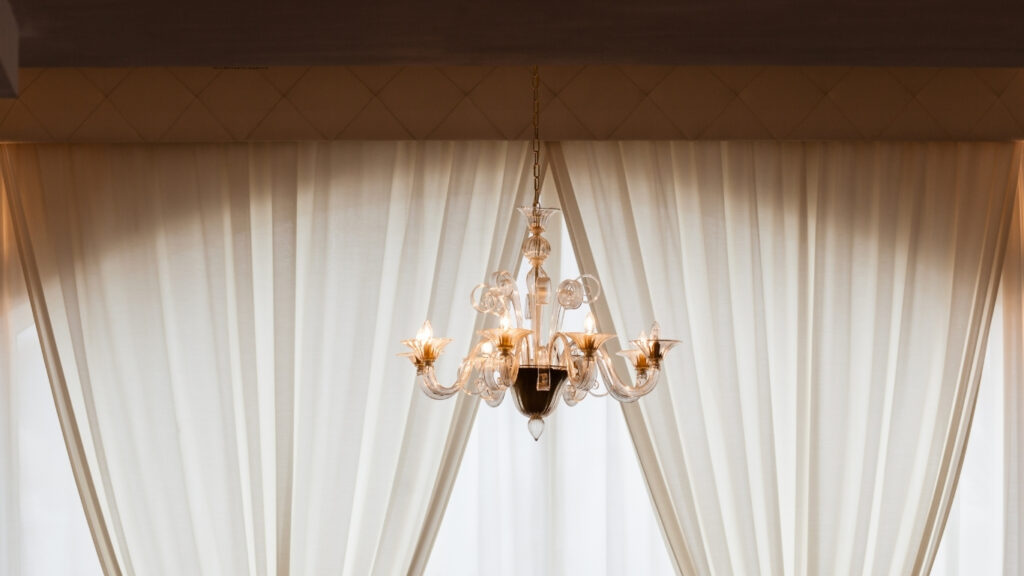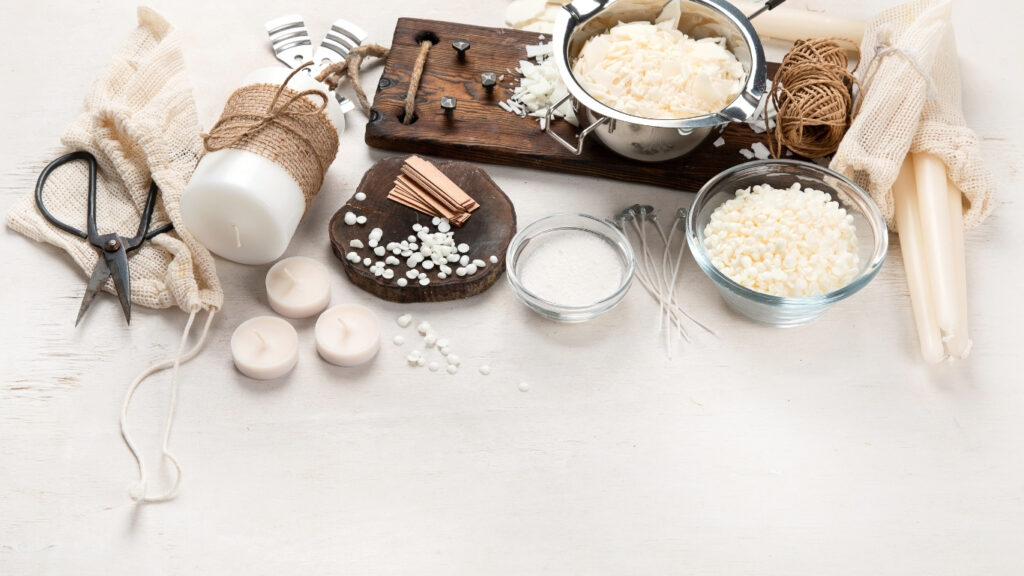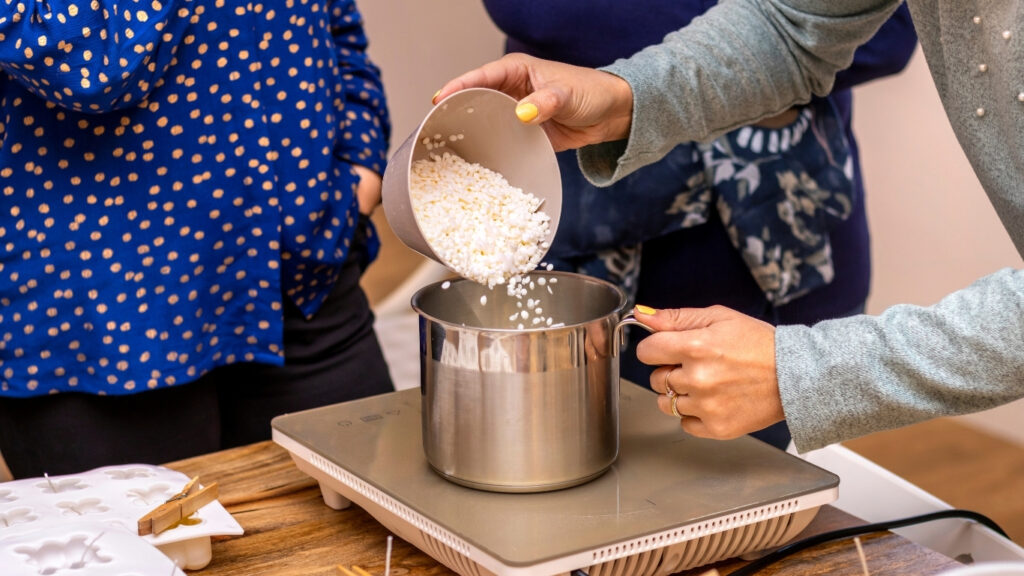What size ceiling fan for bedroom
It is very important to choose the right size ceiling fan for your bedroom, so that not only the room gets good air circulation but it also looks stylish. While buying a fan, pay attention to its features like speed, design and energy efficiency. Also, the diameter and size of the fan blades should be right according to the size of the room, so that the air spreads evenly all around and the cooling experience is better.
The size of ceiling fans for a bedroom depends on several factors, such as the size and shape of the room and the type of fan you choose. Generally, rooms up to 100 square feet can use a 29-inch fan, while larger bedrooms require fans with a diameter of 36 to 52 inches. If your room is large and has high ceilings, consider getting an even bigger fan. While buying a fan, make sure that it suits your taste and the décor of the room. Also, it should have enough power to blow good air throughout the room. Additionally, make sure to look for supplementary options like remote controls and light kits before making a purchase. Last but not least, confirm that the fan has programmable speed settings so you may change the bedroom’s airflow as necessary. You can enhance air circulation and maintain a cool and cozy environment throughout the year by selecting a stylish ceiling fan that fits your room’s dimensions.

The fan motor’s power should also be taken into consideration when choosing. In order to ensure enough circulation, it is worthwhile to invest in a high-quality unit that has more power than you anticipate using. This will determine how quickly and efficiently it can move air throughout the room. Additionally, seek out a fan that has earned an Energy Star rating, indicating that it is a cost-effective and efficient method of cooling your bedroom. Lastly, if you’re doing your own high ceiling fan installation, get one with simple-to-follow instructions so you can perform the job correctly.
For a bedroom is a 52-inch ceiling fan too large?
The size of your bedroom determines the answer to this inquiry. A fifty-two-inch ceiling fan could be too large and overwhelming for a tiny bedroom. A 52-inch ceiling fan, on the other hand, can assist ensure proper air circulation in a larger bedroom and even serve as a visually appealing accent piece. To find out if a 52-inch ceiling fan is the appropriate size for your home, measure your bedroom before making a purchase. Additionally, while choosing a fan, keep in mind that fans with smaller blades will generate more airflow more than those with bigger blades.Lastly, remember to account for the height of your ceiling as well, since higher ceilings could necessitate a larger fan in order to efficiently circulate air. In the end, the dimensions and design of your space should dictate the size of your ceiling fan. You can choose the ideal ceiling fan size for your bedroom by keeping these things in mind.
For a bedroom is a 44-inch fan too small?
It’s important to determine whether a 44-inch ceiling fan can adequately meet your needs for air circulation in your bedroom. A 44-inch fan might work best in bedrooms that are smaller or medium-sized, usually up to 144 square feet, but it might not work as well in larger spaces. Making sure the fan can supply enough airflow to cool the space without being overly obtrusive is crucial. Furthermore, if you want to keep your bedroom decor understated and enhance it rather than overpower it, a fan this size might be quite useful.All things considered, a 44-inch fan might be a wise investment for people with limited space or for anyone looking for a tiny and effective cooling solution.
You can choose a ceiling fan for your bedroom that will effectively cool your space and contribute to the creation of a cozy ambiance by considering these elements. You can maintain a fashionable and cool bedroom throughout the year with the correct ceiling fan.






